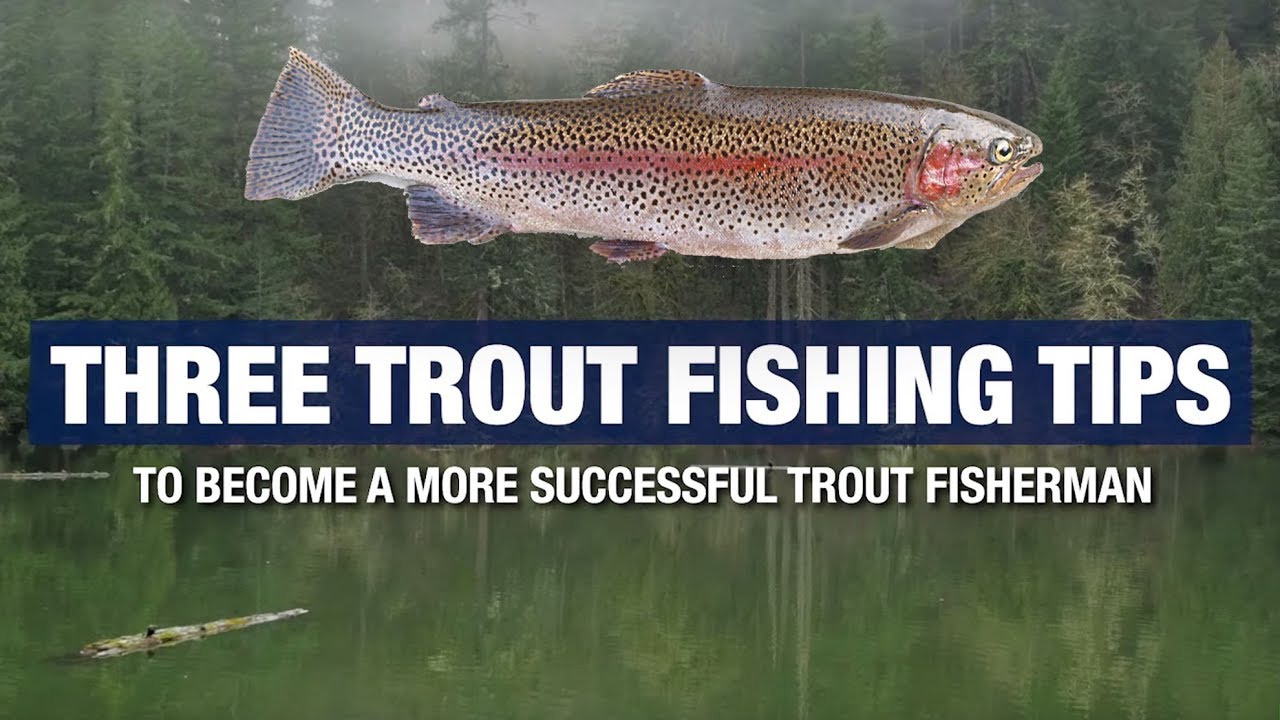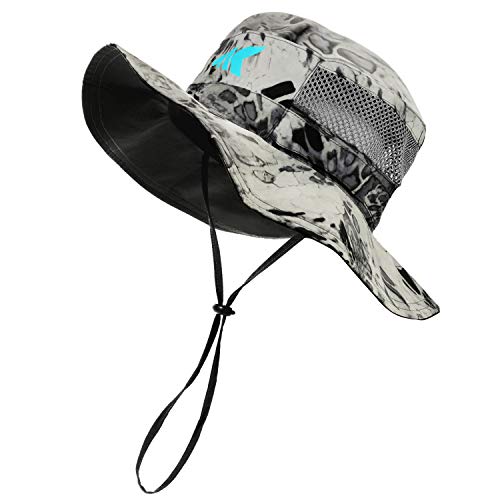Cutthroat Trout Fishing Guide: Techniques, Tips, and Insights
Cutthroat Trout Fishing Guide
Cutthroat trout (Oncorhynchus clarkii) is a prized freshwater fish species native to western North America. Known for their distinctive red or orange slash marks under the jaw, these trout are a favorite among anglers due to their aggressive nature and the challenge they present. In this guide, we will cover everything you need to know about cutthroat trout fishing, from identifying different subspecies to the best fishing techniques and gear.
Understanding Cutthroat Trout Habitats
Cutthroat trout are versatile and inhabit a variety of freshwater environments including rivers, lakes, and streams. They thrive in clean, cold, well-oxygenated water and are often found in:
- Mountain Streams: High-altitude streams with clear, fast-flowing water.
- Lakes: Particularly those with inlets and outlets that provide fresh water and nutrients.
- Rivers: Especially those with a mix of riffles and deeper pools.
Subspecies and Their Habitats
There are several subspecies of cutthroat trout, each adapted to specific environments:
- Coastal Cutthroat Trout (O. c. clarkii): Found along the Pacific coast, often in lower elevation streams and estuaries.
- Yellowstone Cutthroat Trout (O. c. bouvieri): Inhabits the Yellowstone River system and nearby lakes.
- Bonneville Cutthroat Trout (O. c. utah): Native to the Bonneville Basin, including the Great Salt Lake and its tributaries.
Fishing Techniques for Cutthroat Trout
Fly Fishing
Fly fishing is a highly effective method for catching cutthroat trout. These trout are known to rise readily to dry flies, making them an exciting target for fly anglers.
- Dry Flies: Use imitations of insects such as mayflies, caddisflies, and stoneflies. Popular patterns include the Adams, Elk Hair Caddis, and Stimulator.
- Nymphs: Subsurface patterns like the Pheasant Tail, Hare’s Ear, and Prince Nymph can be very effective.
- Streamers: Imitations of small fish and leeches, such as Woolly Buggers and Muddler Minnows, work well in deeper waters.
Spin Fishing
Spin fishing is another popular method, especially for those new to trout fishing. Techniques include:
- Casting Lures: Small spinners, spoons, and crankbaits can entice aggressive strikes.
- Live Bait: Worms, minnows, and crickets are effective, especially when fished under a float or on the bottom.
Ice Fishing
In colder climates, ice fishing for cutthroat trout can be rewarding. Use small jigs tipped with bait or artificial lures that mimic prey.
Best Gear for Cutthroat Trout Fishing
Rods and Reels
- Fly Rods: A 4-6 weight rod is ideal for most cutthroat trout fishing scenarios. Choose a rod length of 8.5 to 9 feet for better control and casting distance.
- Spin Rods: Light to medium-light rods, 6-7 feet in length, paired with a spinning reel that has a smooth drag system.
Lines and Leaders
- Fly Lines: Use weight-forward floating lines for dry flies and nymphs. For streamers, consider sinking lines or sink-tip lines.
- Leaders: Tapered leaders, 9-12 feet long, ending in 4x to 6x tippet, depending on water clarity and trout size.
Accessories
- Waders and Boots: Breathable waders and felt-soled or rubber-soled boots with good traction are essential for navigating streams and rivers.
- Polarized Sunglasses: These help reduce glare and spot trout in the water.
Seasonal Patterns and Best Times to Fish
Cutthroat trout exhibit seasonal behaviors that can influence fishing success.
Spring
- Spawning Season: Many cutthroat trout spawn in the spring, particularly in smaller tributaries. Fishing near spawning grounds can be productive but be mindful of regulations protecting spawning fish.
Summer
- High Altitude Streams: As temperatures rise, cutthroat trout seek cooler waters at higher elevations.
- Insect Hatches: Summer is prime time for dry fly fishing, with abundant insect hatches.
Fall
- Pre-Winter Feeding: Trout feed aggressively to build up reserves for winter. Streamers and larger nymphs can be effective.
Winter
- Ice Fishing: In regions where water bodies freeze, ice fishing can yield good results, particularly in deeper lakes.
Conservation and Ethical Fishing Practices
Catch and Release
- Handle with Care: Wet your hands before handling trout to protect their slime coat.
- Quick Release: Use barbless hooks and release trout quickly to minimize stress.
Habitat Protection
- Minimize Impact: Avoid wading in spawning areas and be mindful of riparian vegetation.
- Leave No Trace: Pack out all trash and respect the natural environment.
Conclusion
Cutthroat trout fishing offers a rewarding experience for anglers of all skill levels. By understanding their habitats, using the right techniques and gear, and practicing ethical fishing, you can enjoy successful and sustainable fishing adventures.






























